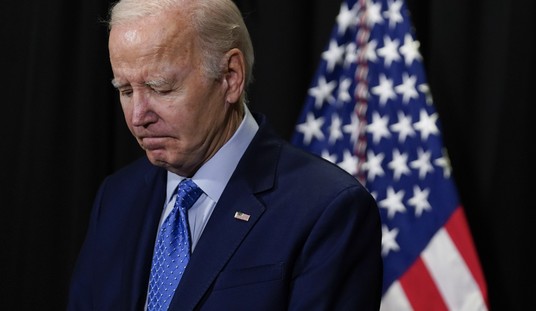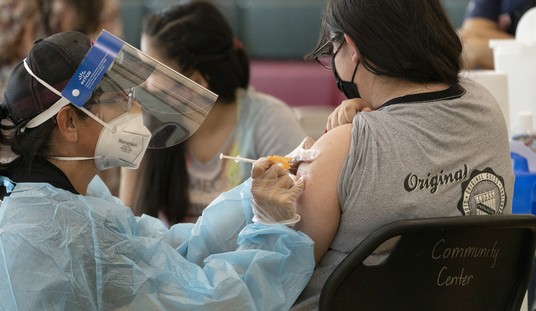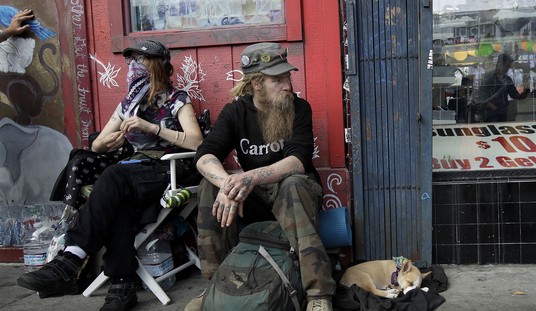I don’t know about your toddler, but mine loves to know how things work. “What that doing? What makes that go? Where the start button?” He asks these kinds of questions all day long. And I think it’s so cool that he wants to know these things, that he’s wondering how the world works. So I thought a few simple science experiments might be fun. Of course, when I went searching for ideas, there wasn’t much out there for kids as young as two, three, or even four. So, if you’ve got a curious toddler, or just one who likes fun projects, check out these three science experiments for toddlers.
1. Ice, Water, Steam

(Shutterstock)
For some reason, toddlers love to play with ice. My son’s obsessed with it. He loves putting ice in his cup, looking at the ice trays in the freezer, and holding ice cubes in his hand. I thought this was an idiosyncrasy unique to him, but it turns out lots of his friends are into ice too. So, if your little one is also a member of the ice fan club, he might like to learn a little more about ice itself.
Get out a tray with sides, like a baking tray or a cookie sheet with a rim around the edge. Put a few ice cubes on the tray and let your toddler play with them. He’ll enjoy picking them up, sliding them along the tray, stacking them, etc. As they begin to melt, and water starts to pool in the tray, draw his attention to the water and wonder aloud where it came from. Point out how the ice cubes are getting smaller and the puddles of water are getting bigger. When the ice is totally melted, ask him, “What happened to the ice cubes? Where did they go?” He may not get it. Which is totally fine. But maybe he will!
Since you’ve now explored liquid and solid water, you might want to take a quick look at steam too. You could put the melted water into a pan on the stove and heat it up. There shouldn’t be too much water or it’ll take too long to evaporate. (Obviously, keep your toddler away from the hot stove. You can hold him on the counter a safe distance away, or just pick him up to show him what’s in the pan.) As the steam starts to rise off the water, talk about how the water in the pan is disappearing. Where is it going? Point out the steam rising off the pan. When the water is totally gone, look in the pan and wonder where it went.
2. Colored Flowers

(Shutterstock)
If you’ve ever told your toddler that flowers are living things (probably in order to get him to stop ripping up Aunt Edna’s daisies), try this experiment to prove it. You’ll need a few fresh flowers that have light-colored petals (daisies are great. Ask Aunt Edna first). Fill a few jars with water and add food coloring to each. Cut the stems at an angle for maximum effect. Place each flower in its own jar of colored water. Put them somewhere out of reach and come back to them periodically throughout the day.
Over the course of about 24 hours, the flowers should suck up enough water to turn the petals the same color as the water you’ve put them in. Check on them every so often and talk about what’s happening. You can compare the stem of the flower to a straw and explain that the flower is sucking the water up, just the way your child sucks water out of a straw. And you can tell that the water is traveling up the stem because you’re starting to see the colored water in the petals.
Once the experiment is over, the colorful flowers are great for art projects. You can make daisy chains, pressed flowers, or flower collages. Use the whole flower, or just the petals!
3. Baking Soda and Vinegar

(Shutterstock)
So, your toddler probably isn’t going to end up understanding why baking soda and vinegar react. (Who does, really?) But he’s definitely going to enjoy watching it happen! There are lots of fun ways to do this, but we’ll begin with the most basic. Find a tray with sides or a shallow bowl. Put a teaspoon of baking soda in the bowl and pour a small amount of vinegar on top. Your toddler will love watching the bubbles appear and listening to them fizz.
You can also add paint to the vinegar and use that in a variety of ways. You can spread baking soda over a thick piece of paper and paint the vinegar paint on top with a paintbrush. You can also use a dropper to suck up the vinegar paint and squirt it onto the baking soda-covered paper. You should be left with some really cool, colorful bubble designs once you dust off the excess baking soda.
***
So, grab your lab coats and your goggles (or just a smock or an old T-shirt) and have at it! It’s never too soon for a little science.








Join the conversation as a VIP Member